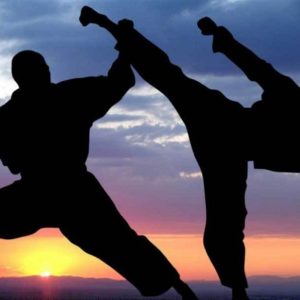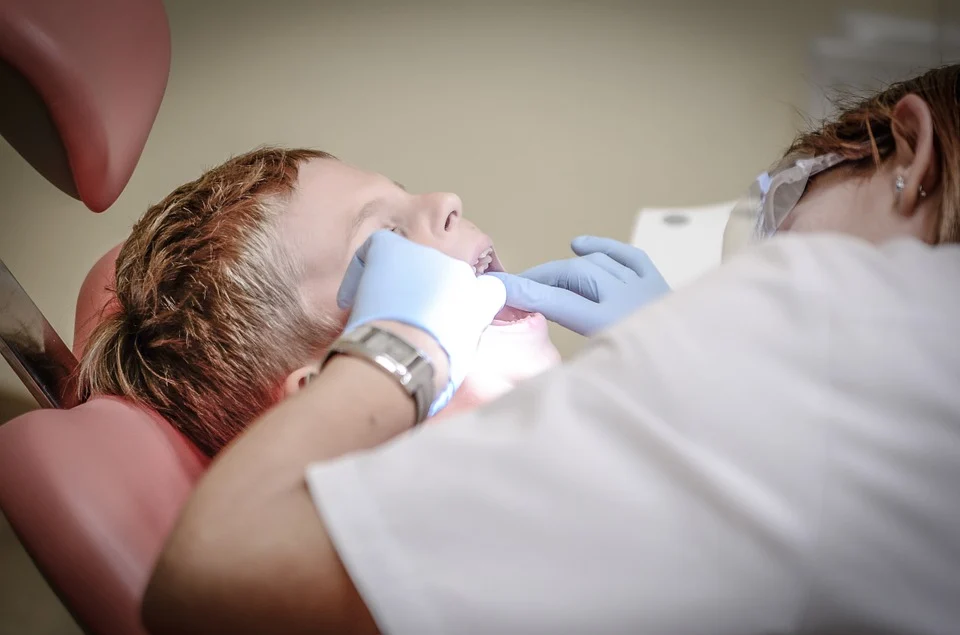Having a sewing machine can be a great help when it comes to getting your clothing and accessories made. There are many different models out there, so choosing one can be difficult. But luckily there are a few advantages to having a sewing machine, so make sure you take the time to consider all of them before buying.
Basic parts and functions
Getting a better understanding of the basic parts and functions of a sewing machine will help you sew more efficiently. This is especially true if you’re a beginner. Check out for embroidery machine for beginners.
First, you need to understand how the machine’s needle threading mechanism works. This is a simple mechanical process that runs from your thread spool to your needle. Once the bobbin has been installed, you can begin sewing.
The presser foot is an important part of a sewing machine. It provides stability to the fabric during sewing. Normally, the pressure foot is located on top of the throat plate. It keeps the stitches straight and helps to press the fabric evenly on the machine.
Another important part of a sewing machine is the bobbin case. Some machines come with bobbin cases built in, while others need to be removed before you can start sewing.
The bobbin case of a sewing machine will usually be made from plastic. The bobbin will stay in place when you insert the spool. You can remove the bobbin cover with a release button.
The arm is another important component of a sewing machine. It connects to the powerful electric engine. It also holds the tension discs and upper thread.
It’s possible to get extra long arms on some speciality models. This allows you to tackle larger projects. You can also add an extension table for extra room.
The needle can be raised and lowered by the balance wheel located on the right side. It’s also useful for pivoting at corners.
The feed dog, which is also called the teeth of a sewing machine, is a metal-based product that helps to feed the fabric underneath the needle. The needle would not continue to move up in the same spot without the feed dog.
Number of stitches
Knowing how to choose the right stitch length for your project is essential when using a sewing machine. The sewing machine manual will often list the different lengths. Some models will indicate the stitch length in millimeters.
The ideal stitch length for most people is between 2-4 inches. If you are working with lightweight fabrics, such as cotton, you may want to use a shorter stitch length. A longer stitch length is just as durable as one that is shorter.
You should practice a few stitches before you decide on the right length of stitch for your project. It’s also a good idea to record your settings on the fabric. This will give you an accurate reading of your needle’s position and tension, two essential components to a great stitch.
The appearance of a row will depend on the size of the stitch. You can also try a variety of stitches to see which ones you like the best. You may also want to alter the length of your stitch at least once during construction.
The best stitch for a particular project depends on the type of seam. For example, the backstitch is ideal for armholes or crotch seams. It is also an excellent choice for stretch fabrics.
The metric system can be a bit confusing. Most sewing machines will indicate stitch length in millimeters. Some models will also have a stitch-selection dial to adjust the stitch width.
Each stitch measures 2.5 millimeters in length according to the metric system. This information may not be sufficient to determine whether you should use a longer or shorter length of stitch.
Fabric weights
Choosing the right thread weight is a smart decision for anyone with a sewing machine. Using the wrong weight can lead to skipped stitches, holes, and puckering. The key to a successful stitch is also choosing the right needle. For help, refer to your sewing machine manual.
Your finished product will also be affected by the thread weight. Polyester thread is not recommended for use with heavier fabrics, as it tends to slip through the fabric and can damage your sewing machine if exposed to higher temperatures. On the other hand, heavier thread can make your stitches more visible.
There are many kinds of sewing thread available on the market. Make sure you choose the right one for your fabric. In general, lighter weight fabrics can be sewn with less costly thread. However, heavier fabrics such as silks and wool require thicker thread. You may even want to consider buying a sewing machine that uses multiple spools of thread at a time.
There are many thread weights available, from the ultra-fine 100 weight to the super chunky 3 weight. The right weight will make sewing much easier.
The best choice for a medium weight fabric is an 80/12 thread. For heavier weights, a 110/16 or 120/20 thread is the best choice. The best needle for sewing the small stuff is the 60/8 or 70/10.
You can also make your own weights with your sewing machine by combining some of your favorite fabrics. A good idea is to wash and dry your fabrics thoroughly before you start. You may need to add interfacing or polyurethane depending on the fiber content to stiffen your material before it goes through the machine.
Cost
Buying a sewing machine is not a cheap process. Although some brands can be expensive, there are many models that are affordable. It is a smart idea to learn about the sewing machine you are considering buying.
The price of a sewing machine can vary from $100 to $700. The price depends on the brand and features of the sewing machine. A computerized sewing machine will usually cost more than a manual one.
High-end models can go up to $10,000. However, if you are only looking to buy a sewing machine for your home, it is probably best to invest in an entry-level model.
A basic sewing machine can cost between $100 and $250. Some of the better brands provide machines that are quiet and don’t make any odd noises. Also, there are a few dealers who will negotiate lower prices on floor models.
Manufacturers can provide estimates for those who are interested in purchasing sewing machines. Some of these manufacturers can even help with financing. Private finance companies may offer loans for one machine while banks can provide loans for multiple machines.
A sewing machine is a lifelong investment. But, it is important to be sure that you are getting a quality product. If you’re planning to buy a new sewing machine, be sure to choose a model with a warranty. If your machine breaks down, you can get a replacement or repair.
Depending on the manufacturer, you may have a variety of decorative stitch options. Some models come with multiple quilting presser foot options. It’s also a good idea to upgrade the presser foot pressure if you haven’t done so already. This will ensure that your fabric will remain stabilized if it comes into contact with the feed dogs.
Drawbacks
A sewing machine can be a great hobby and a great way for you to make your own clothes. There are disadvantages to owning your own sewing machine.
Sewing machines are bulkier than other types of machines and take up much more space than other machines. They are also more susceptible to electrical problems. They can be loud and dangerous if used in an inexperienced manner.
Sewing machines are also expensive. Even a basic model can cost several hundred dollars. These models are designed to make a professional-looking stitch, but it can be difficult to learn how to use them.
A sewing machine is the best and most efficient method to sew clothes. It will save you both time and effort. This is especially true when you use a motorized model.
Those who want to use their sewing machine for more than a hobby might want to consider an industrial model. These models can be quite large but they are safer than a portable model. These models include automatic thread cutting and backtaking. These models are also customizable. You can customize the machines to sew heavy cloths, as well as to work with thin cloths.
A computerized model is recommended for professionals who plan to use their machines professionally. This may not be the most practical option for everyone. Luckily, there are cheaper versions available.
A servo motor is a great way to improve the functionality of an older industrial sewing machine. Servo motors are powerful and energy-efficient. They can be used to replace the clutch motor in an older model.


